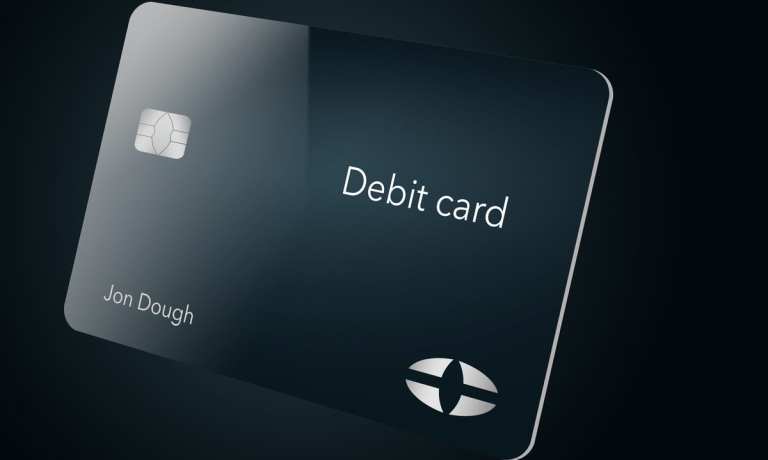
The pandemic and economic headwinds have spurred millions of consumers to eye their finances with caution.
In an interview with PYMNTS, Steve Sievert, executive vice president of PULSE Network, said debit has clear advantages for users who want to spend what they have on hand — and not expose themselves to more debt.
The trends toward using debit as a preferred payments choice were well in place before the pandemic, said Sievert, who added that use had been growing at more than 6 percent year over year.
“Debit has long been consumers’ preferred form of payment,” said Sievert, who added that the growth has been consistent over at least the last decade and a half.
“There are significant segments of the American consumer base that appreciate the pay-as-you-go aspect, convenience and trusted security of debit,” he said. “And security and safety is particularly top of mind with consumers today in the pandemic.”
The Shift To Safety
As Sievert put it, consumers are in the midst of a shift to safety when it comes to exercising more control over their finances and avoiding taking on more debt. There’s also the safety of using debit in contactless payments, he said, where issuers had, fortuitously from a timing perspective, accelerated their issuance of contactless cards coming into 2020 and before the age of COVID-19.
The renewed interest in contactless issuance was driven by a number of factors, noted Sievert, including the expiration of the “first wave” of chip cards, which gave issuers an opportunity to upgrade their cards to contactless. The price of implementing the technology came down significantly over a period of years, and contactless also benefited from increased acceptance at the point of sale (POS).
The pandemic has heightened consumers’ expectations around all things contactless, said Sievert. Many consumers who didn’t already have contactless cards in their wallets were clamoring for those cards to avoid contact at the POS — and that put pressure on merchants to meet that demand.
Also pre-pandemic, card-not-present transactions represented 27 percent of all debit transactions and were growing about 10 times faster than card-present transactions, according to the 2020 Debit Issuer Study. Use of debit in eCommerce has accelerated during the pandemic.
That study also noted that account-to-account (A2A) transfers were the fastest-growing category of debit use, accounting for over 40 percent of total debit growth.
That growth is being driven by convenience, noted Sievert, as A2A activity offers yet another opportunity to take some friction out of the payments experience, with both person-to-person (P2P) and business-to-consumer (B2C) payments driving the uptick in A2A activity, he said.
Sievert offered the example of the parent paying for a child’s piano lesson (in this day and age, likely a virtual lesson). Before P2P payments, the lesson fee might have been paid with cash or check. The advent of mobile devices and services like Venmo render that digital payment into a more intuitive experience, he said.
“The displacement of cash and this broader trend of digital commerce are tailwinds for the increase in account-to-account activity,” Sievert told PYMNTS.
The average consumer is making roughly three-and-a-half A2A transactions monthly (per the 2018 Federal Reserve Survey of Consumer Payment Choice) he said.
The majority of those transactions are still done the old-fashioned way (with checks and cash). Card and digital transactions account for the remaining 40 percent, representing a greenfield opportunity (i.e., the remaining 60 percent of transactions) for more digital A2A adoption.
Looking Ahead
Owing in part to the maturity of the payment method, Sievert predicted that we’re not likely to see double-digit debit growth moving forward. But he noted that the pace in the mid- to high-single-digits should be sustainable.
For merchants, that means focusing business models on an omnichannel approach to ensure that they meet consumers’ expectations to pay the way they want to pay. Connected commerce, such as “click and collect” and order online and delivery, said Sievert, are use cases that could further grow the use of debit payments (such as through card on file).
“Ultimately, it’s about consumers initiating that transaction, applying their preferred way to pay and getting back to their lives,” he said.